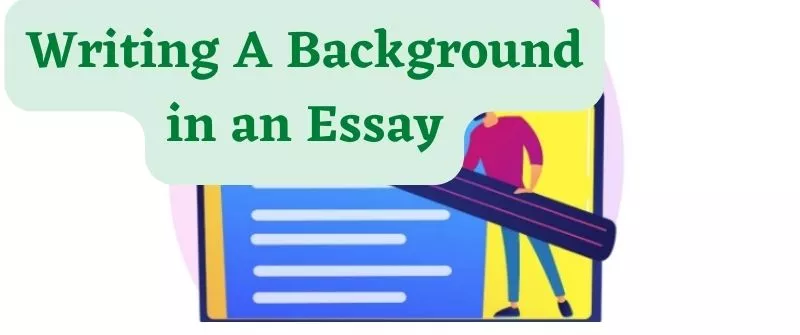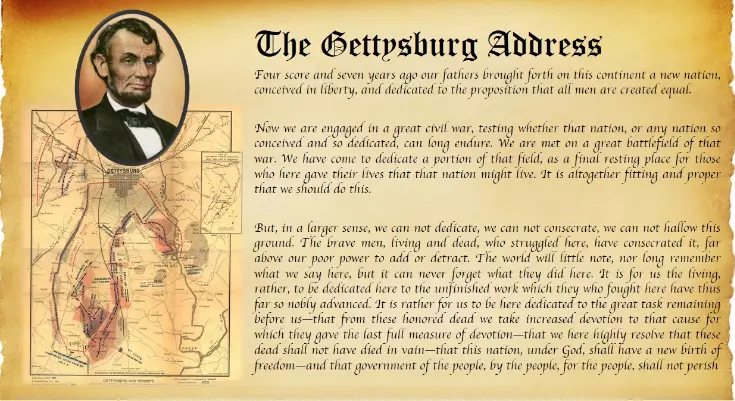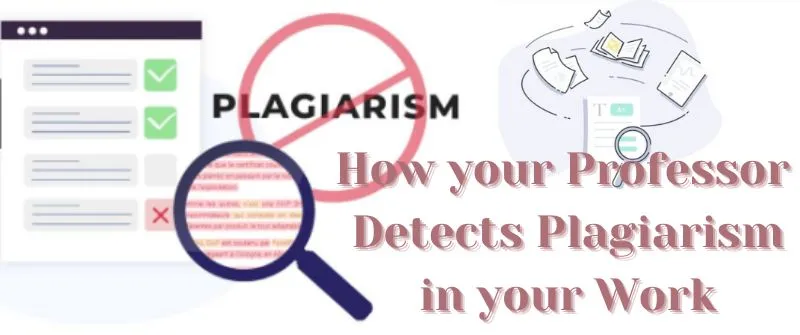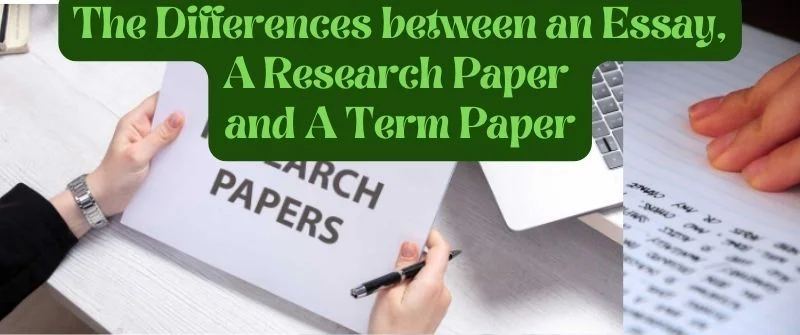What is a Background in an Essay: Introducing Information

Background in an essay refers to material provided in a nonfiction essay. It can also be defined as work that explains the context of the issue you will explore in the essay.
This information is connected to the hook or opening statement, and then to the thesis statement, which you will write last at the end of the introduction.
People Also Read: Write an Essay on Someone Who Inspires You: Parent or Famous
What is Background Information in an Essay
The background information is the supporting points you employ to demonstrate your argument or viewpoint. It is the grounds on which you base your point of view to prove your argument. background information is found in the introduction, just after the opening statement or the hook.

The amount and type of background material depend on the goal and topic of your essay.
You may need to provide definitions or an overview of the problem you discuss in the essay.
The background information in an essay will depend on the topic.
The background information in an essay on a scientific test may include test parameters, test objectives, test site conditions, sample kinds, sample size, and other background material.
If your essay is about COVID-19, your background information may touch on diverse points. These may include what kind of virus it is, its origins, and how many countries it has affected.
It may also include how many people have contracted it, and how it is transmitted from one person to another, among other things.
People Also Read: Essay Writing Titles: Being Creative Without Topic Generators
How to Write Background Information in an Essay
The key to writing background information in an essay is to master the art of the introduction. Grabbing the reader’s attention at the beginning allows you to include the information they need to comprehend your work.
The first paragraph/section of an essay is the introduction, and it is critical to creating an excellent paper. The introduction helps you begin the essay by grabbing the reader’s attention.
Then, you provide background information plus map out the core topic, direction, and objective of your essay.
Usually, an excellent introduction starts with a discussion about the essay’s topic. After that, you move on to the specific ideas you will explore in the body.
How do you Write the Introduction and include background information in an Essay?

Use an effective hook to make a solid first impression. This piques the curiosity and attention of readers, encouraging them to keep reading.
Provide background information about the main topic of the essay. It establishes a general framework for the paper by providing readers with the information they require before reading it.
It should start with broad concepts and then narrow down to the thesis (a single-focused idea).
Conclude with a concise thesis statement that indicates your motivation for writing, expresses the main idea/argument, and gives the body of the work a direction or outline.
The hook is the tool that captures attention and makes the readers want to keep reading. You can shape it as a question, an interesting fact or statistic, a quotation, or a story.
You can also use any other intriguing idea that piques readers’ curiosity and encourages them to continue reading.
Regardless of which option you choose, ensure the hook links to the essay’s topic in some way.
The background information sets the stage for the essay by offering a high-level summary of the topic. It introduces the broad topic(s) and eases the reader into the subject with general information.
Also, it may comprise concepts, facts, history, definitions, and other material that helps comprehend the specific information offered in the body.
It is critical to understand your audience and evaluate what readers may or may not know about the topic to provide relevant background information.
Besides, it enables you to offer readers the information they require before continuing to read the essay. So, presenting background information in the introduction acts as a link that connects the reader to the issue.
The length and depth of this bridge depend on how much information you believe the reader will need to comprehend the topic and realize why the difficulties you are looking at are essential.
Your thesis statement highlights the key idea or main argument and your motivation for writing the essay. You can also use it to outline the supporting ideas you explore in the body. It is usually the final sentence of the introduction.
People Also Read: Write an Essay about Family: From Introduction to Conclusion
Examples of Background Information in an Essay
1.”Gettysburg Address” Abraham Lincoln
The hook in Abraham Lincoln’s “Gettysburg Address” was that the founding fathers believed that all men are created equal. Then he gave some background on the current state of the Civil War:

Now we are in the midst of a major civil war, which will determine whether that nation or any other nation so conceived and dedicated, can last for a long time.
And we have met on one of the war’s most important battlegrounds.
We’ve decided to devote a piece of the field as the last resting place for those who gave their life here so that this country could live. It is entirely appropriate for us to do so.
2. “Goodbye to All That” by Joan Didion
Notice how the introduction hooks your attention and then swiftly offers you some background information about Joan Didion’s life in this personal essay by Joan Didion:
The origins of things are easy to perceive, but the endings are more difficult to see. I can pinpoint when New York began for me now, with a clarity that makes the hairs on the back of my neck stand on end.
But I can’t pinpoint when it ended or cut through the ambiguities and second starts and broken resolves to the precise point on the page where the heroine is no longer as optimistic as she once was.
I was twenty when I first saw New York. It was summer, and I got off a DC-7 at the old Idlewild temporary terminal in a new dress.
It had seemed very smart in Sacramento but had already seemed less smart, even in the old Idle Wild temporary terminal.
The warm air smelled of mildew, and some instinct, programmed by all the movies I’d ever seen all the songs I’d ever heard sung, and all the stories I’d ever read about New York.

When not handling complex essays and academic writing tasks, Josh is busy advising students on how to pass assignments. In spare time, he loves playing football or walking with his dog around the park.




